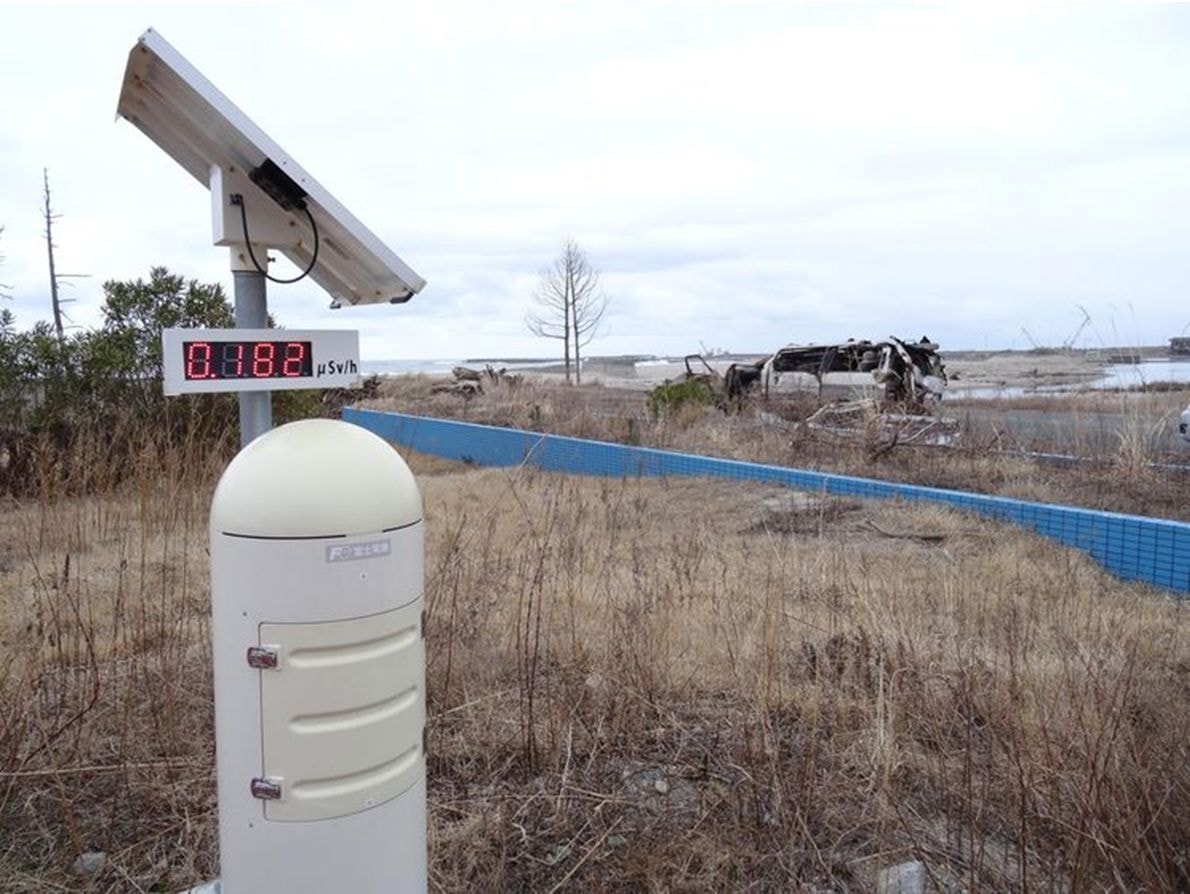Looking back at radioactive decontamination at Fukushima
(Baonghean) - Four years have passed since the March 11, 2011 tsunami hit the Tohoku region in northeastern Honshu Island and destroyed the Fukushima-Daiichi Nuclear Power Plant, but decontamination work for the area is still underway.
The Japanese government’s efforts to “clean up” Fukushima after the radioactive leak at the nuclear power plant are being highly appreciated by the international community. Japan has mobilized more than 6,000 workers to dismantle the remaining parts of the plant. Due to the high level of radiation, the teams of workers will be rotated. According to calculations, the dismantling of the plant will be completed within 30 to 40 years.
 |
| A corner of the wastewater treatment area of the Fukushima Nuclear Power Plant. Photo: Arnaud Vaulerin |
In mid-February, experts from the International Atomic Energy Agency (IAEA) concluded that “Japan has made remarkable progress. The situation in contaminated areas has improved, although the treatment of these areas is very complicated.” The Institute for Radiological Protection and Nuclear Safety (IRSN) also made an assessment: “A huge amount of work and huge costs have been done. However, there are still many contaminated areas and much work to be done.”
Currently, the management of contaminated water is a challenge for Tepco – the company that operates the Fukushima nuclear power plant. Every day, about 350m3 of fresh water must be pumped into the plant area to cool three of the six reactors that have been operating since the disaster. The storage tanks of the three reactors were breached after the tsunami and people are forced to cool them to temperatures between 20 and 500C to avoid further explosions at the reactors.
It is estimated that about 650 tons of radioactive water are pumped and treated every day before being returned to cool the reactors. The rest is stored in underground or above ground tanks. Over time, the amount of radioactive water has increased and up to now there are about 600,000 tons of water in the tanks. Tepco has planned to expand the capacity of the tanks to 800,000 tons.
To deal with the plant's wastewater, Tepco began installing more decontamination systems. After many failures, these systems can now completely treat 2,000 cubic meters of radioactive water per day. From there, Tepco hopes to be able to treat all of Fukushima's wastewater soon. However, earlier this year, Tepco announced that this target would take longer than expected, but the current treatment speed would still be maintained.
Recently, radioactive waste leaks have been discovered repeatedly. In late February, sensors installed on rainwater and groundwater pipes under the sea measured radiation levels 70 times higher than normal. Immediately after that, the Japanese Nuclear Regulation Authority severely reprimanded Tepco. A few days later, a 20-meter-long pipe containing radioactive water was discovered under the reactor turbine building.
According to Tepco, the removal of the cores of the three reactors that melted down after the 2011 earthquake and tsunami has not yet been carried out. This is considered the most difficult part of the troubleshooting process at the Fukushima Nuclear Power Plant. Tepco does not expect to solve this problem before 2020 or 2025. And the IAEA has assessed Tepco's work as "a very big long-term challenge" and unprecedented anywhere.
Chu Thanh(According to LeMonde March 11)
| RELATED NEWS |
|---|






